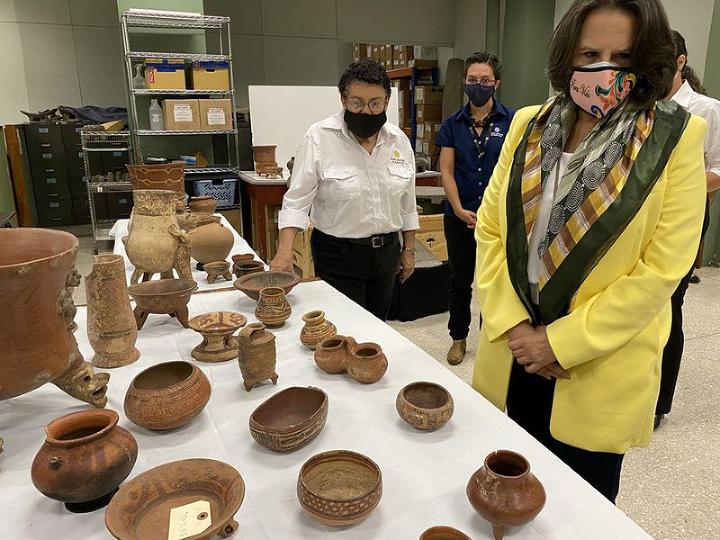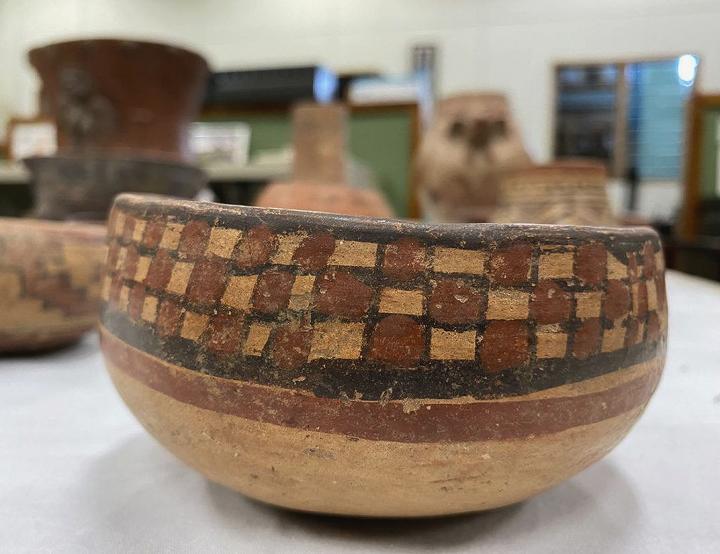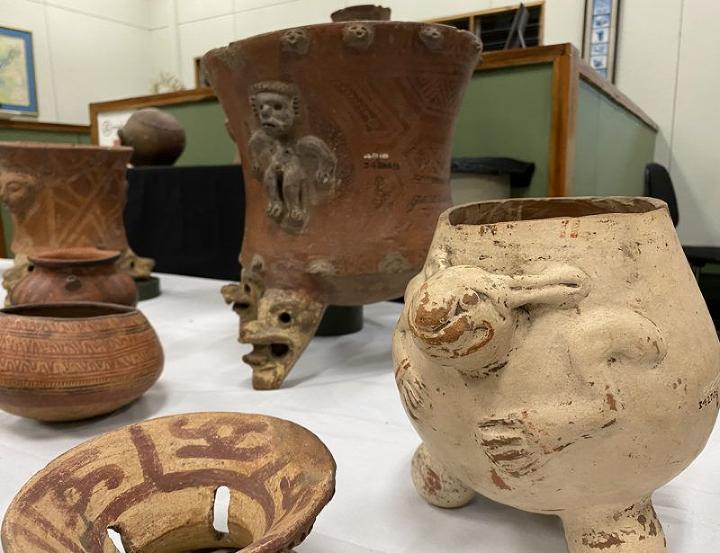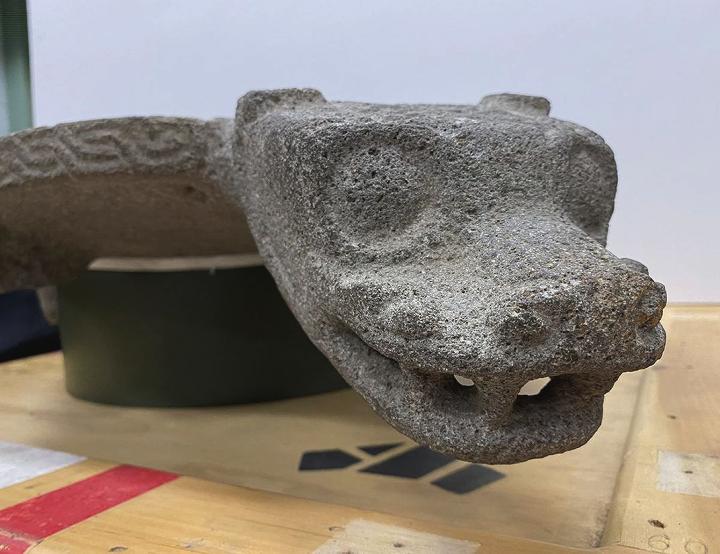 |
Canku Ota
|
 |
|
(Many Paths)
|
||
|
An Online Newsletter
Celebrating Native America
|
||
|
July 2021 - Volume 19
Number 7
|
||
|
|
||
|
Brooklyn Museum Returns
1,305 Pre-Hispanic Artifacts To Costa Rica
|
||
|
by Isis Davis-Marks
- SMITHSONIANMAG.COM
|
||
|
The NYC cultural
institution sent the objects to the Museo Nacional de Costa Rica
as an "as an unrestricted gift"
The Brooklyn Museum in New York City has voluntarily returned 1,305 pre-Hispanic artifacts—including stone figurines, ceramic vessels and tools—to the Museo Nacional de Costa Rica in San José. As Alvaro Murillo reports for Reuters, the objects arrived in the Central American country late last year. Per a statement, the New York cultural institution previously sent 981 ceramic vessels back to Costa Rica in 2011. Both gifts were unprompted, meaning that the Brooklyn Museum sent the items without receiving a formal request or undergoing a judicial process. "Over 12 years, the collection was cataloged and photographed and 2,281 pieces were approved for deaccession based upon the established criteria," Nancy Rosoff, the Brooklyn Museum's senior curator of arts from the Americas, tells Artnet News' Taylor Dafoe. "... We initiated conversations with the National Museum of Costa Rica to see if they wanted the collection and they accepted the objects as an unrestricted gift." Highlights of the newly returned trove include a medium-sized tombstone, a large vase painted with beeswax, household utensils, sculptures, and metates (or grinding stones) from Guanacaste. According to Artnet News, some of the items date back more than 2,000 years and are associated with now-vanished cultures. These pieces—as well as the ones returned by the museum in 2011—are among the roughly 16,000 taken from Costa Rica by American railroad tycoon Minor Cooper Keith. As Kate Taylor reported for the New York Times in 2010, workers discovered the artifacts on banana plantations owned by Keith in the late 19th and early 20th centuries. Around 4,500 of the 16,000 items ended up in the Brooklyn Museum's collections following Keith's death in 1929, writes Alex Greenberger for ARTnews. To ensure his businesses' success, Keith exploited Costa Rica's Indigenous workforce. Speaking with Rund Abdelfatah and Ramtin Arablouei of NPR's "Throughline" last January, journalist Dan Koeppel—author of Banana: The Fate of the Fruit That Changed the World—compared the tycoon's laborers to enslaved people. "It's an era of sanctioned slavery with the support of the United States government," Koeppel explained. According to the statement, Keith's family "donated, loaned and sold" the objects he'd seized prior to the passage of a 1938 law restricting the export of cultural heritage items from Costa Rica. "The recovery of these archaeological pieces means recovering fragments of our past that crossed our borders when we still did not have legislation to prevent it," says Sylvie Durán, the Costa Rican minister of culture and youth, in the statement. "With this second and last batch that we receive from the Keith collection, we direct the process of registering and analyzing each of the pieces, so that they can be appreciated in the future, once their respective cataloging is completed."
Curators returned the items after three years of planning, including discussions on how best to register, catalog, package and transport the artifacts. After experts ironed out the logistics, they shipped the artifacts by sea in 31 cured wooden containers. Per ARTnews, the Costa Rican museum plans to eventually exhibit a selection of the pieces in a gallery dedicated to pre-Hispanic art. "O]thers will be the object of investigation and dissemination by our specialists," says Rocío Fernández, director of the National Museum, in the statement. The news arrives at a time of debate over how museums should handle artifacts acquired through colonization and conquest. Repatriation—defined by the Smithsonian's National Museum of the American Indian (NMAI) as "the process whereby human remains and certain types of cultural items are returned to lineal descendants, Indian tribes, and Native Hawaiian organizations"—is one key option for institutions seeking to return items to their home countries or cultures. Javier Fallas, an archaeologist at the National Museum, tells Reuters that the objects' return is a significant gesture. He adds, "We don't know why [the Brooklyn Museum] did it, but it's something very good and atypical in the world."
Isis Davis-Marks is a freelance writer and artist based in New York City. Her work has also appeared in Artsy, the Columbia Journal, and elsewhere. Website: isisdavismarks.com |
|||||||||||
|
|
|
|
||
|
|
||
| Canku Ota is a free Newsletter celebrating Native America, its traditions and accomplishments . We do not provide subscriber or visitor names to anyone. Some articles presented in Canku Ota may contain copyright material. We have received appropriate permissions for republishing any articles. Material appearing here is distributed without profit or monetary gain to those who have expressed an interest. This is in accordance with Title 17 U.S.C. Section 107. | ||
|
Canku Ota is a copyright ©
2000 - 2021 of Vicki Williams Barry and Paul Barry.
|
||
 |
 |
|
|
The "Canku
Ota - A Newsletter Celebrating Native America" web site and
its design is the
|
||
|
Copyright ©
1999 - 2021 of Paul C. Barry.
|
||
|
All Rights Reserved.
|
||



